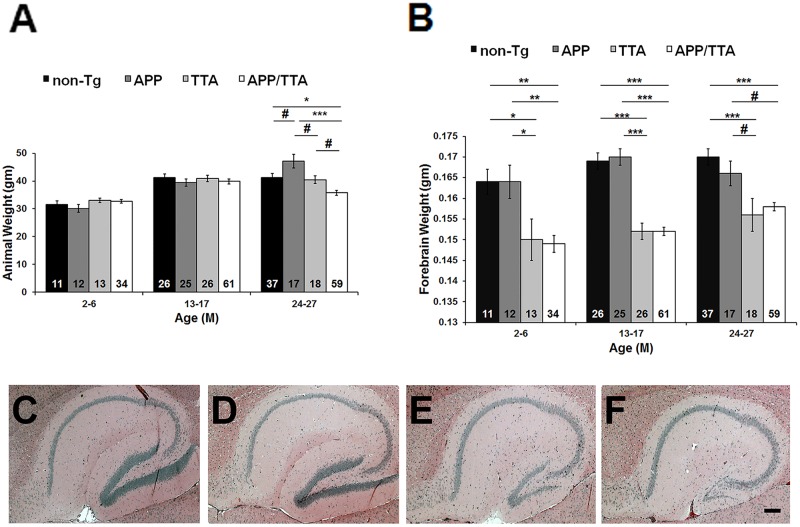Fig 8. TTA expression results in reduced forebrain weight and dentate-gyrus size.
(A) Weights of rTg9191 mice (APP/TTA), littermates harboring only the activator gene (TTA), only the responder gene (APP), and neither gene (non-Tg). There were no genotype-related differences in body weight in young and mid-aged mice. Aged rTg9191 mice, however, had lower body weights compared to their littermates. (B) rTg9191 mice and TTA littermates have lower forebrain weights than their APP and non-Tg littermates at all ages studied. The numbers of mice examined are shown for each genotype. # p < 0.05, * p < 0.01, ** p < 0.001, *** p < 0.0001, two-way ANOVA followed by Fisher’s post hoc analysis. The percentage of female mice in the genotype of APP/TTA, TTA, APP, and non-Tg is 50%, 38%, 67%, and 55%, respectively for the 2–6 month-old; 51%, 35%, 48%, and 50%, respectively for the 13–17 month-old; 46%, 61%, 47%, and 51%, respectively for the 24–27 month-old. Chi square/Fisher exact tests showed no significant difference in gender distribution between genotypes. (C-F) Representative photomicrographs showing hematoxylin and eosin staining of the hippocampal regions of 16.5-month-old rTg9191 mice and their age-matched littermates. Sections at ~1.20 mm lateral from the midline were used. The sizes of dentate gyri of rTg9191 (F) and TTA (E) mice are decreased compared to those of APP (D) and non-Tg (C) littermates. Scale bar: 200 μm, applies to C-F. Representative photomicrographs show hippocampus hematoxylin and eosin staining of female mice, and similar results were observed in male mice.

